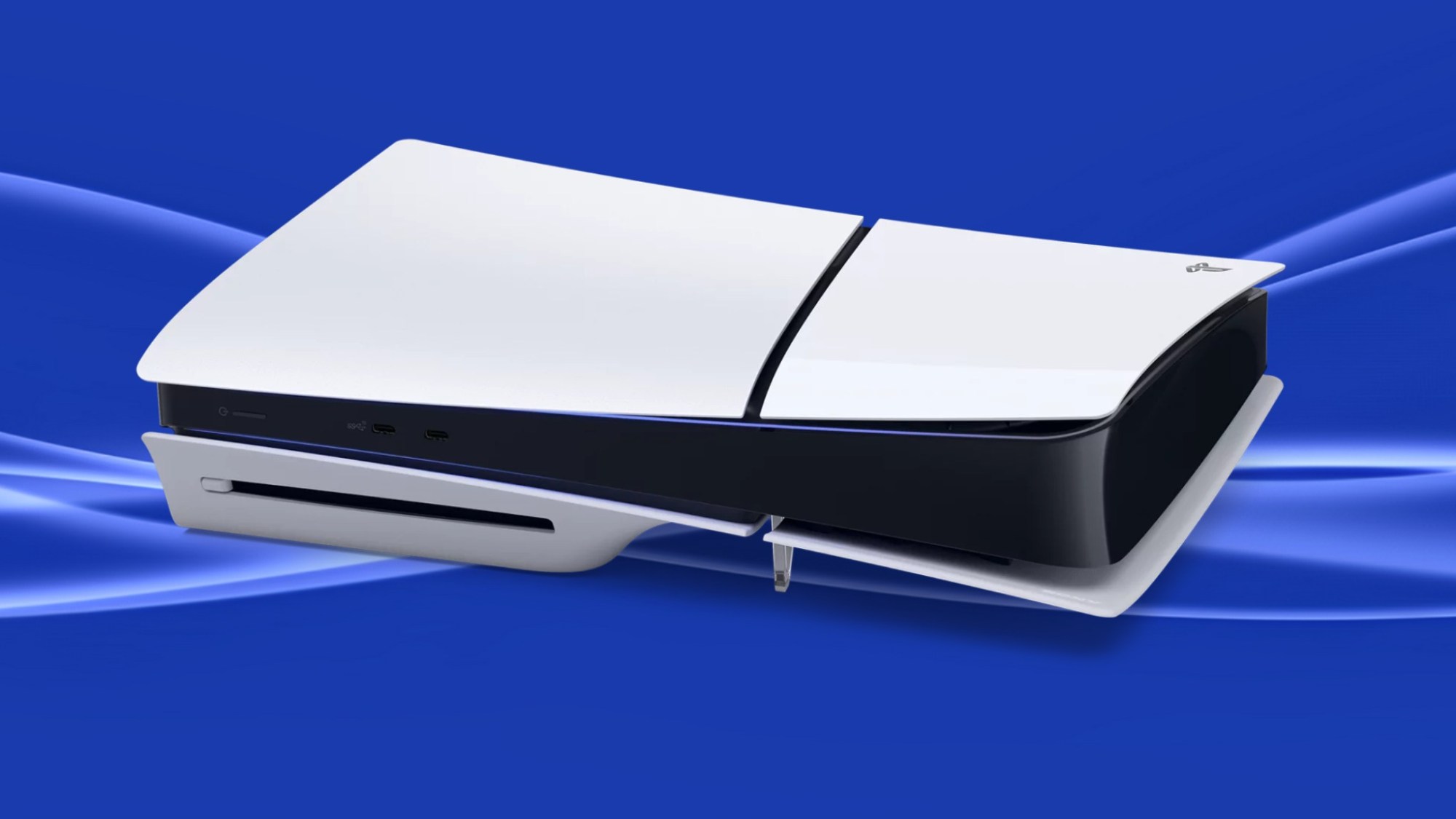The Halo franchise is embarking on a significant transformation, marked by the rebranding of 343 Industries to Halo Studios. This shift signifies a fresh approach to development and promises multiple new Halo projects, ushering in a new chapter for the beloved sci-fi series. This marks the second major developer transition for Halo, following the original trilogy’s development by Bungie and the subsequent era under 343 Industries, formed within Microsoft after Bungie’s transition to independence.
Embracing Change: From Slipspace to Unreal Engine 5
Studio head Pierre Hintze, in an Xbox Wire post, acknowledged the two distinct chapters of Halo’s development history: Bungie and 343 Industries. He emphasized the audience’s desire for more and outlined a commitment not only to improve development efficiency but also to revolutionize the very process of Halo game creation. A pivotal change is the transition from the proprietary Slipspace engine to Unreal Engine 5. While Halo Infinite utilized Slipspace, its inherent limitations, stemming from decades-old Bungie code, contributed to a protracted development cycle, as reported by Bloomberg. The reliance on contract workers and the shift to remote work due to the COVID-19 pandemic further compounded these challenges.
Overcoming Slipspace’s Limitations
Bloomberg previously reported that the switch to Unreal Engine was imminent following a series of setbacks. Despite a positive initial reception, Halo Infinite‘s post-launch content faced criticism for overpriced cosmetics, slow progression, and limited updates. Game mode delays, attributed to Slipspace engine issues, further exacerbated the situation. The transition to Unreal Engine represents a long-awaited solution, enabling the team to focus on multiple projects simultaneously. Art director Chris Matthews highlighted the age of certain Slipspace components, some nearly 25 years old, and the significant time and resources required to replicate features already available in Unreal Engine. This transition allows Halo Studios to prioritize creating multiple high-quality experiences.
Project Foundry and the Future of Halo
Halo Studios has been actively working with Unreal Engine through Project Foundry, a demonstration of the engine’s capabilities within the Halo universe. Examples of this integration were showcased at the 2024 Halo World Championship. While specific details about upcoming Halo games remain scarce, the move to Unreal Engine and the formation of Halo Studios signal a promising future for the franchise. Hintze emphasized that this shift enables a dedicated focus on developing multiple new experiences at the highest possible quality.
A New Beginning
The transition to Halo Studios and the adoption of Unreal Engine 5 mark a significant turning point for the Halo franchise. By addressing the limitations of Slipspace and streamlining development, Halo Studios is poised to deliver a new era of innovative and engaging Halo experiences. While the specifics of these future projects remain shrouded in mystery, the future of Halo appears brighter than ever.











